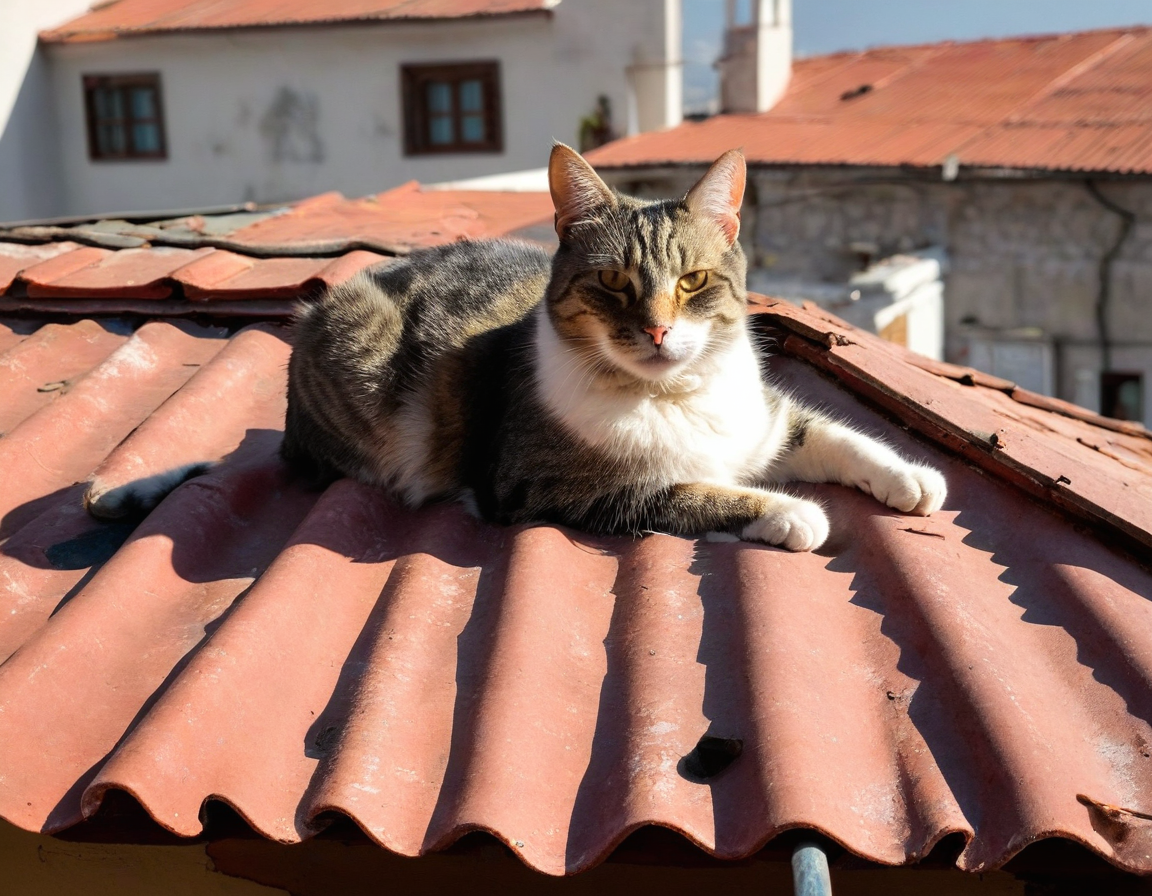Diffusers documentation
ControlNet
ControlNet
ControlNet is an adapter that enables controllable generation such as generating an image of a cat in a specific pose or following the lines in a sketch of a specific cat. It works by adding a smaller network of “zero convolution” layers and progressively training these to avoid disrupting with the original model. The original model parameters are frozen to avoid retraining it.
A ControlNet is conditioned on extra visual information or “structural controls” (canny edge, depth maps, human pose, etc.) that can be combined with text prompts to generate images that are guided by the visual input.
ControlNets are available to many models such as Flux, Hunyuan-DiT, Stable Diffusion 3, and more. The examples in this guide use Flux and Stable Diffusion XL.
Load a ControlNet conditioned on a specific control, such as canny edge, and pass it to the pipeline in from_pretrained().
Generate a canny image with opencv-python.
import cv2
import numpy as np
from PIL import Image
from diffusers.utils import load_image
original_image = load_image(
"https://huggingface.co/datasets/huggingface/documentation-images/resolve/main/diffusers/non-enhanced-prompt.png"
)
image = np.array(original_image)
low_threshold = 100
high_threshold = 200
image = cv2.Canny(image, low_threshold, high_threshold)
image = image[:, :, None]
image = np.concatenate([image, image, image], axis=2)
canny_image = Image.fromarray(image)Pass the canny image to the pipeline. Use the controlnet_conditioning_scale parameter to determine how much weight to assign to the control.
import torch
from diffusers.utils import load_image
from diffusers import FluxControlNetPipeline, FluxControlNetModel
controlnet = FluxControlNetModel.from_pretrained(
"InstantX/FLUX.1-dev-Controlnet-Canny", torch_dtype=torch.bfloat16
)
pipeline = FluxControlNetPipeline.from_pretrained(
"black-forest-labs/FLUX.1-dev", controlnet=controlnet, torch_dtype=torch.bfloat16
).to("cuda")
prompt = """
A photorealistic overhead image of a cat reclining sideways in a flamingo pool floatie holding a margarita.
The cat is floating leisurely in the pool and completely relaxed and happy.
"""
pipeline(
prompt,
control_image=canny_image,
controlnet_conditioning_scale=0.5,
num_inference_steps=50,
guidance_scale=3.5,
).images[0]


Multi-ControlNet
You can compose multiple ControlNet conditionings, such as canny image and a depth map, to create a MultiControlNet. For the best rersults, you should mask conditionings so they don’t overlap and experiment with different controlnet_conditioning_scale parameters to adjust how much weight is assigned to each control input.
The example below composes a canny image and depth map.
Pass the ControlNets as a list to the pipeline and resize the images to the expected input size.
import torch
from diffusers import StableDiffusionXLControlNetPipeline, ControlNetModel, AutoencoderKL
controlnets = [
ControlNetModel.from_pretrained(
"diffusers/controlnet-depth-sdxl-1.0-small", torch_dtype=torch.float16
),
ControlNetModel.from_pretrained(
"diffusers/controlnet-canny-sdxl-1.0", torch_dtype=torch.float16,
),
]
vae = AutoencoderKL.from_pretrained("madebyollin/sdxl-vae-fp16-fix", torch_dtype=torch.float16)
pipeline = StableDiffusionXLControlNetPipeline.from_pretrained(
"stabilityai/stable-diffusion-xl-base-1.0", controlnet=controlnets, vae=vae, torch_dtype=torch.float16
).to("cuda")
prompt = """
a relaxed rabbit sitting on a striped towel next to a pool with a tropical drink nearby,
bright sunny day, vacation scene, 35mm photograph, film, professional, 4k, highly detailed
"""
negative_prompt = "lowres, bad anatomy, worst quality, low quality, deformed, ugly"
images = [canny_image.resize((1024, 1024)), depth_image.resize((1024, 1024))]
pipeline(
prompt,
negative_prompt=negative_prompt,
image=images,
num_inference_steps=100,
controlnet_conditioning_scale=[0.5, 0.5],
strength=0.7,
).images[0]


guess_mode
Guess mode generates an image from only the control input (canny edge, depth map, pose, etc.) and without guidance from a prompt. It adjusts the scale of the ControlNet’s output residuals by a fixed ratio depending on block depth. The earlier DownBlock is only scaled by 0.1 and the MidBlock is fully scaled by 1.0.
import torch
from diffusers.utils import load_iamge
from diffusers import StableDiffusionXLControlNetPipeline, ControlNetModel
controlnet = ControlNetModel.from_pretrained(
"diffusers/controlnet-canny-sdxl-1.0", torch_dtype=torch.float16
)
pipeline = StableDiffusionXLControlNetPipeline.from_pretrained(
"stabilityai/stable-diffusion-xl-base-1.0",
controlnet=controlnet,
torch_dtype=torch.float16
).to("cuda")
canny_image = load_image("https://huggingface.co/datasets/huggingface/documentation-images/resolve/main/diffusers/canny-cat.png")
pipeline(
"",
image=canny_image,
guess_mode=True
).images[0]
